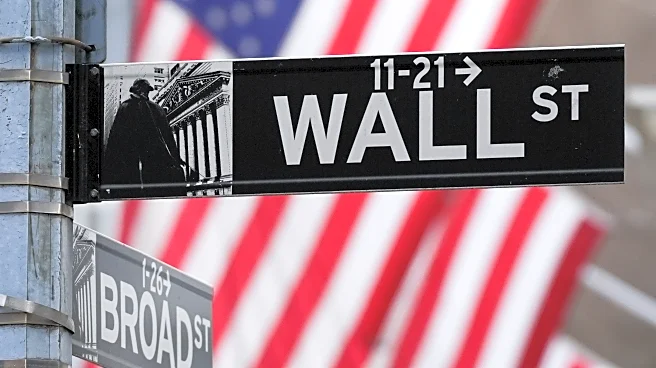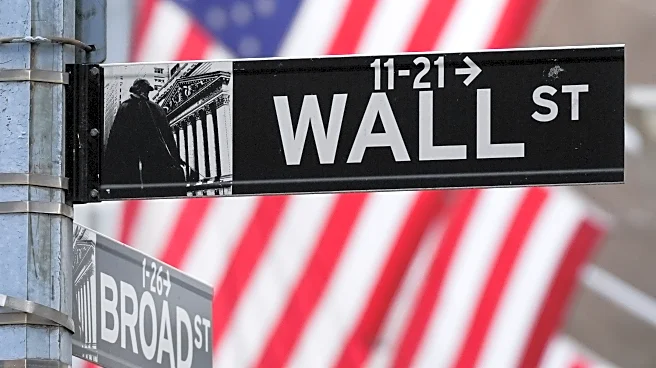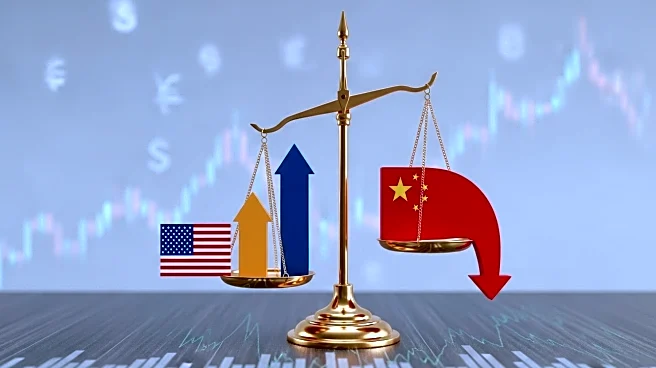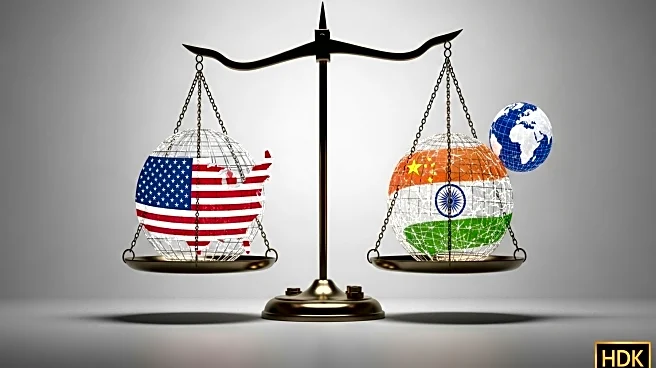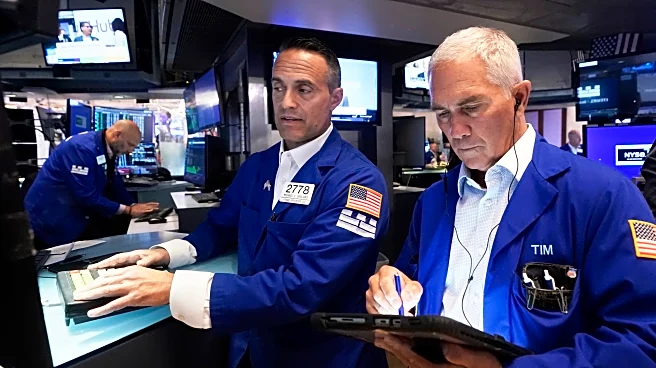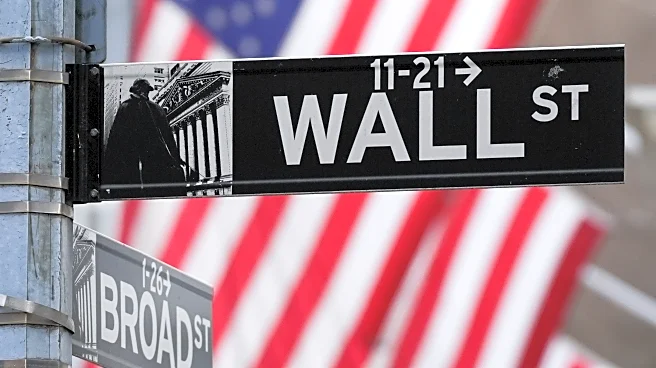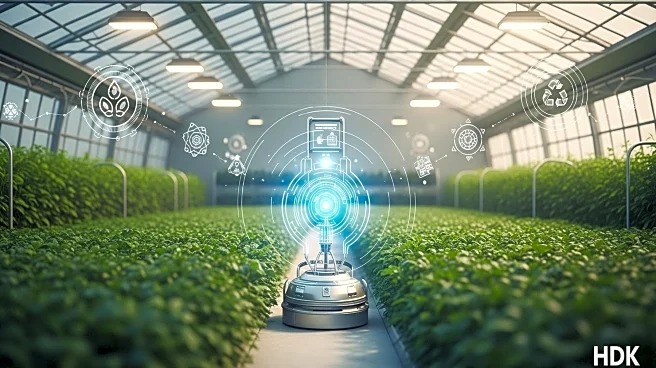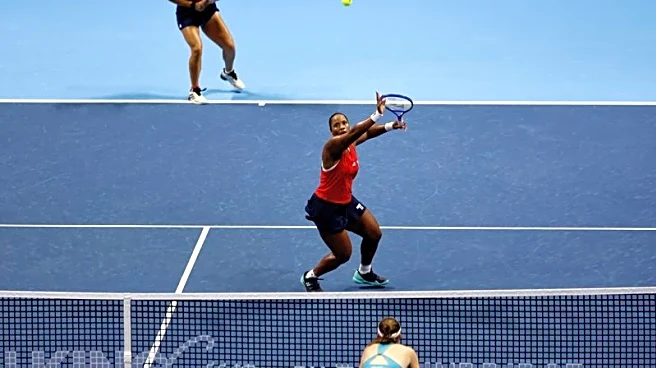What's Happening?
Nanodrones are being increasingly utilized in the United States for precision spraying and crop monitoring, integrating artificial intelligence for real-time analysis. These small and intelligent drones are revolutionizing agricultural practices by enhancing field monitoring and improving farm management. They enable farmers to collect critical data and maintain oversight of their fields, including crop monitoring, pasture observation, and herd surveillance. The technology is part of a broader trend where countries like Japan and China are also employing nanodrones for similar purposes, while European nations such as the Netherlands use them for greenhouse farming and early pest detection. Despite slow implementation, new government initiatives such as the National Agricultural Technology and Innovation Policy 2022-2027 have recognized the importance of digital tools, positioning nanodrones as a flagship technology to transform lives at the grassroots level.
Why It's Important?
The adoption of nanodrones in agriculture is significant as it addresses several challenges faced by farmers, including rising costs of fertilizers and pesticides, unpredictable climate patterns, and recurrent pest invasions. By providing precise application of fertilizers and pesticides, nanodrones help reduce costs and protect the environment. They also support pollination and seed dissemination, reducing manual labor. Early detection of plant diseases through nanodrones can prevent outbreaks, thus securing harvests and contributing to food security. This technology empowers small farmers to produce more with less, enhancing sustainability by reducing pesticide use and improving food quality. As the agricultural sector faces increasing pressure to feed a growing population, nanodrones offer a smart solution to improve productivity and sustainability.
What's Next?
The continued integration of nanodrones in agriculture is expected to grow, with reports predicting a compound annual growth rate of 35% over the next decade. The small and nano-drone sector is projected to reach $10.4 billion by 2030, with agriculture as a key driver. For successful implementation, coordinated efforts are required from both government and private sectors. The government must create an enabling environment by reducing import tariffs on drone components, funding agricultural research, and providing subsidies to make drones accessible to smallholder farmers. The private sector can play a role by enabling drone connectivity, designing affordable credit packages, and integrating drones into agribusiness schemes. This collaborative approach could transform agriculture into a sector of opportunity.
Beyond the Headlines
Nanodrones represent a profound shift in agriculture, marking a transition from large, unwieldy drones to intelligent, compact versions that empower small farmers. This technology not only enhances productivity but also contributes to environmental sustainability by reducing excessive pesticide use. The implications for food security are immense, especially in regions vulnerable to crop losses. As nanodrones become more prevalent, they could redefine agricultural practices, making them more efficient and sustainable. The integration of AI in these drones further enhances their capabilities, providing farmers with real-time insights and data-driven decision-making tools.



